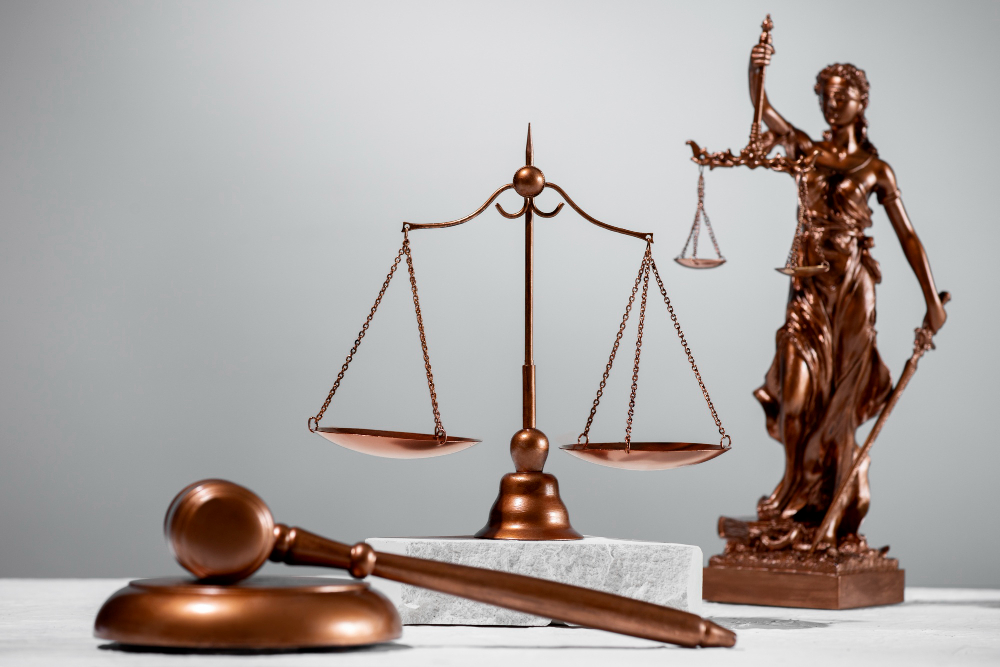
Introduction:
Tort law encompasses a wide array of civil wrongs, and one intriguing facet within this legal realm is the concept of “Continuing Trespass.” Trespass to land is a well-established tort, and when the trespass persists over time, it gives rise to the doctrine of continuing trespass. This legal principle addresses the complexities that arise when a trespasser’s presence on another person’s property extends beyond a single, isolated incident.
Continuing Trespass to Land:
Trespass to land occurs when an individual intentionally enters the property of another without permission. However, when the intrusion is not a one-time occurrence and persists over time, it transforms into a continuing trespass. This situation brings forth unique legal challenges and necessitates an examination of the specific elements that constitute continuing trespass to land.
Elements of Trespass Tort:
Intentional Entry: The foundation of trespass lies in the intentional entry onto another person’s land. This can be an explicit act or a deliberate failure to leave the premises when asked to do so. In the context of continuing trespass, the initial entry might be intentional, but it is the on-going presence that defines the violation.
Lawful Possession: The plaintiff must have lawful possession of the property for a claim of trespass to be valid. This element serves to protect the rights of those in lawful possession and control of the land against unwanted intrusions.
Continuity of Presence: Unlike a one-time trespass, the crux of continuing trespass is the sustained and persistent presence of the intruder on the plaintiff’s land. This element sets the stage for the application of the continuing trespass rule.
Continuing Trespass Rule:
The continuing trespass rule is a legal doctrine that addresses the ongoing nature of a trespass. It acknowledges that damages may accrue continuously as long as the trespass persists. This rule provides a framework for determining the appropriate remedies for the aggrieved party and recognizes the evolving nature of the harm caused by the trespasser’s continuous presence.
In essence, the continuing trespass rule allows the injured party to seek damages not only for the initial entry and any immediate harm caused but also for the ongoing interference with the possessory rights to the land. This dynamic approach ensures that the legal system can adequately redress the harm caused by a trespass that endures over time.
Legal Implications and Case Precedents:
The application of continuing trespass in legal cases can be intricate, and courts often consider various factors to determine the extent of damages and appropriate remedies. Precedents in tort law reveal instances where the continuing trespass doctrine has been applied, shedding light on the nuanced considerations involved in these cases.
Conclusion:
Continuing trespass under tort law represents a fascinating intersection of property rights and civil wrongs. As the legal system evolves to address the complexities of modern society, the concept of continuing trespass continues to play a crucial role in safeguarding the rights of property owners against persistent intrusions. Understanding the elements of the trespass tort and the nuances of the continuing trespass rule is essential for legal professionals and individuals seeking redress for ongoing violations of their property rights.









